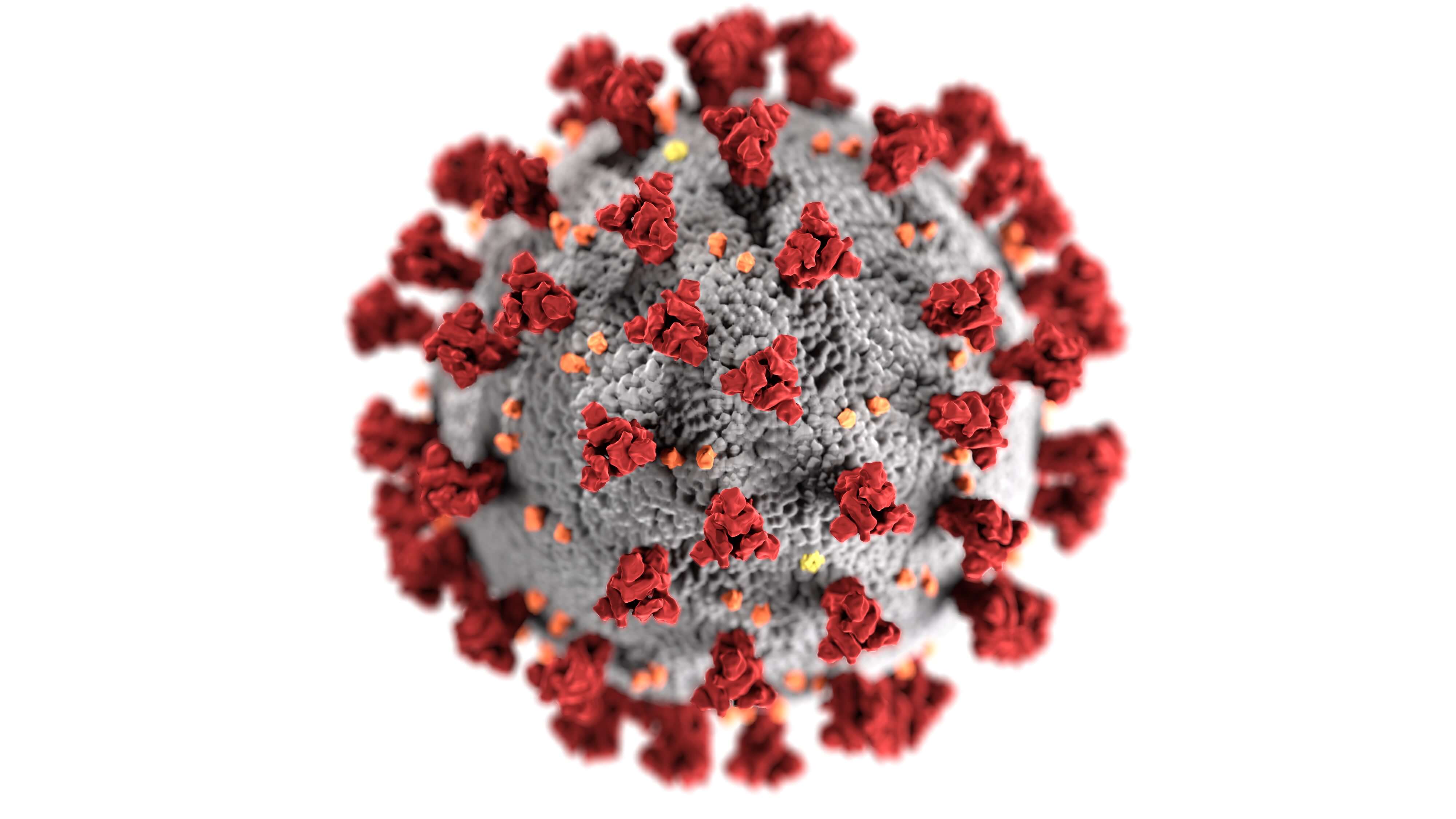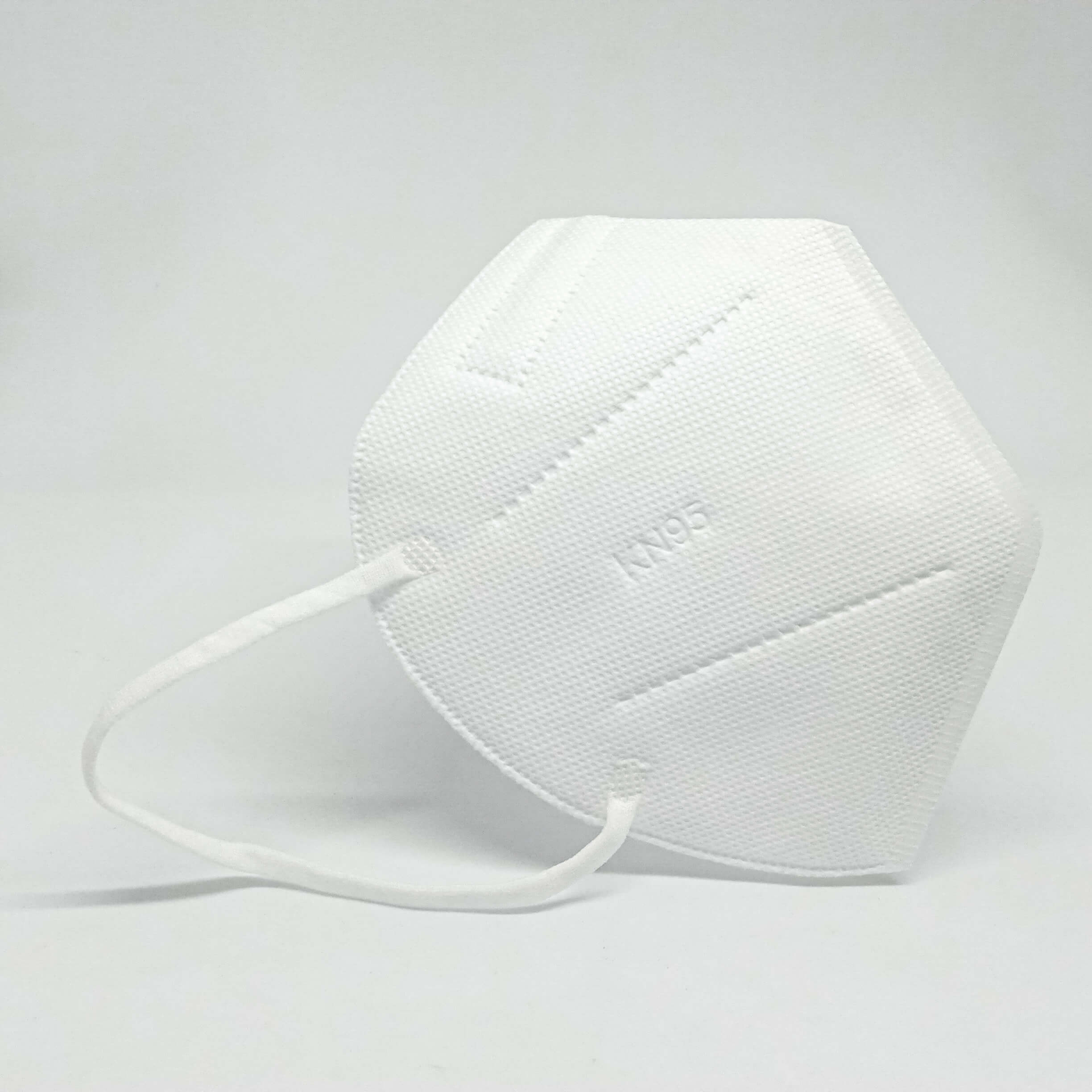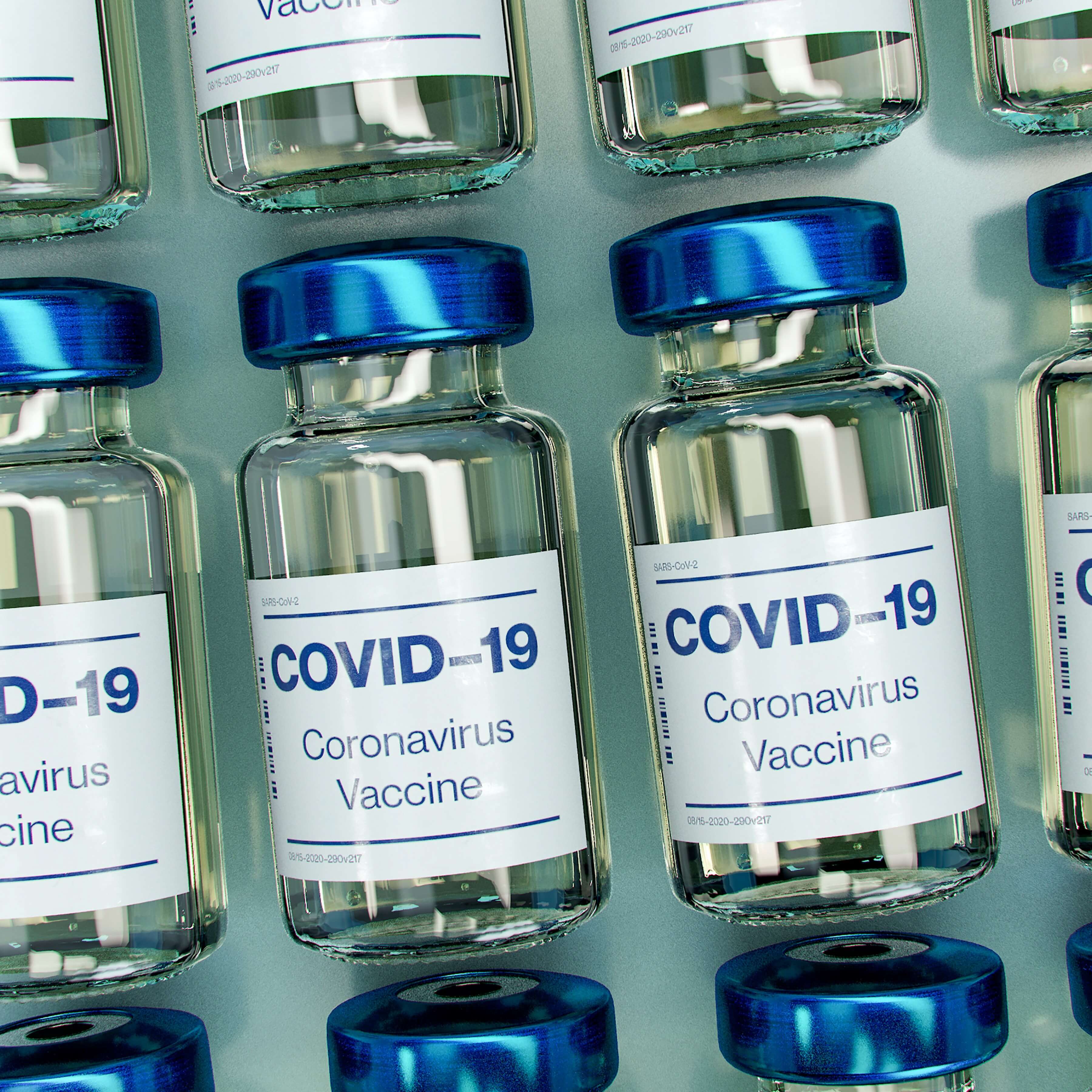
What Is Real-Time PCR (qPCR)?
New methods have emerged to help in the study and detection of Covid-19. One such diagnostic test is the Real-Time Quantitative PCR (qPCR) laboratory method. This technique seeks to determine how much of a specific DNA section is present in a sample. The test also allows sections of the targeted DNA to be assessed in real-time and simultaneously.
So, what is an RT-PCR test, and what is the difference between PCR and RT-PCR Covid test? Read on!
What Is a Real-Time PCR Test?
The SARS-CoV-2 virus that causes Covid-19 is made up of RNA genetic material. Once this virus enters the cells, it reprograms them and causes them to multiply. When using RT-PCR to detect the Covid-19 virus, the RNA genetic materials in the respiratory specimens are converted to DNA using the reverse transcription process. This enables the converted DNA to be copied to large quantities that can be used to accurately detect if the virus is present in the sample.
qPCR works like conventional PCR. This method uses the Polymerase Chain Reaction process for testing the Covid-19 virus. First, throat or nasopharyngeal swabs are collected from the patient. The sample is then added to several chemicals that remove proteins, fats, and other substances. Only the RNA genetic material is left in the sample. The extracted RNA is then mixed with the virus’s RNA.
An enzyme is then added to reverse transcriptase the RNA to DNA, and additional DNA fragments that are complementary to the transcribed DNA are also added. If the sample contains the Covid-19 virus, the short fragments will attach to the viral DNA sections.
The mixture is then added to a real-time RT-PCR machine that heats and cools the mixture to create new copies of the sections of the viral DNA. This cycle is done repeatedly to produce many copies of the target section of the viral DNA. As the new copies are built, fluorescent labels attach to the DNA strands and release fluorescent dye which is measured, and the results are provided in real time.
Why Use Real-Time PCR?
There are many reasons why real-time RT PCR should be used for Covid-19 testing, as explained below.
- Speed - One of the advantages of using this method for a Covid-19 test is that amplified DNA is detected in real-time as the PCR reaction is ongoing. This means unlike in conventional PCR, scientists won’t need to do a separate detection after the reaction is done.
- Sensitivity - Real-time RT PCR can distinguish more differences in the quantity of targeted genetic materials. It can also detect fewer molecules of the initial genetic material. This means it’s highly unlikely for this method to give false-negative results.
- Mass sample processing - The qPCR method can successfully process a large number of clinical specimens in a short period.
- Lower potential for errors and contamination - RT-PCR has a reduced potential for contamination as the technique can be done within a sealed tube. This also makes it a highly accurate and reliable method for Covid-19 detection
- Ability to detect past infections - Another reason why RT-PCR is a better technique than conventional PCR is that it can detect different stages of infection, which helps scientists understand the development of viruses.
Just like any other technique, the qPCR does have its drawbacks such as the high cost of equipment and chemicals, which explains the reason why it’s not as popular as affordable rapid tests such as the lateral flow Healgen test.
Also, the loading process of the qPCR samples is tedious and slow compared to the loading of convectional PCR clinical specimens or respiratory specimens from antigen tests such as the FlowFlex rapid test. This is because of the many reagents used and also because the technique is highly sensitive. Further, since this method is highly sensitive, a small mistake can greatly alter the results of the diagnostic tests.
What Is the Difference Between PCR and RT-PCR Covid Test?

Conventional PCR and RT-PCR don’t have many differences, as one is a variation of the other. The two methods use the PCR process. However, in conventional PCR, the amplified genetic product is detected at the end of the process, while when using real-time PCR, the quantity of the amplification product is measured in real-time.
Another difference between PCR and real-time RT-PCR is that in the latter, the amplified DNA is labeled with fluorescent dye. The amount of fluorescence dye released during the DNA copying process is also directly proportional to the amount of the amplified genetic material. The fluorescence is closely checked throughout the PCR process with the help of a fluorometer. The fluorometer gives readings of the fluorescence in real time. This real-time data on the reaction times and rates later yields important information on the absolute and relative amounts of DNA present in the clinical specimens.
Another difference between the two methods is that conventional PCR is mainly used for assessing pathogens, such as bacteria and viruses, that have DNA genetic material for copying. On the other hand, RT-PCR is used to assess clinical specimens that contain RNA that can be transcribed to strands of DNA for amplification purposes.
Conclusion
There you have it! Hopefully, now you have an idea of what the real-time RT-PCR Covid-19 diagnostic method is all about and how it differs from the conventional PCR test. The benefits of using this method for testing Covid-19 are numerous. As noted, this method is fast as it gives results in real time. Its highly sensitive nature means it’s highly reliable and accurate, and it can also be used for mass sample processing. However, it’s also costly, which is why most Covid-19 patients still prefer to use the lateral flow test kits for sale that are currently available online and in pharmacies.



